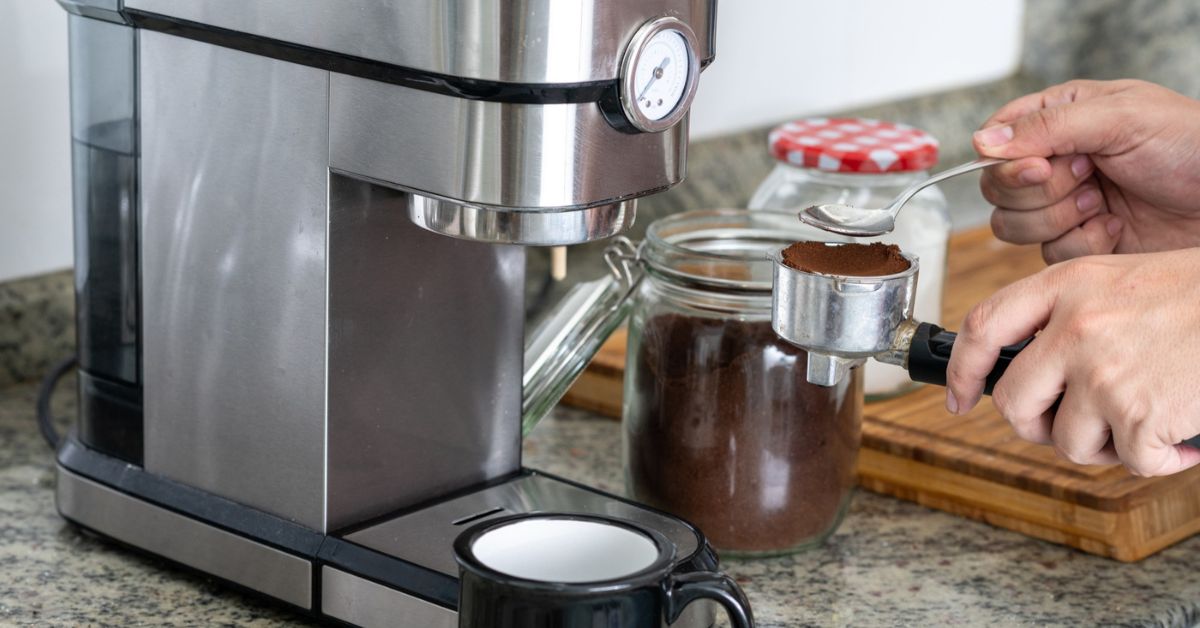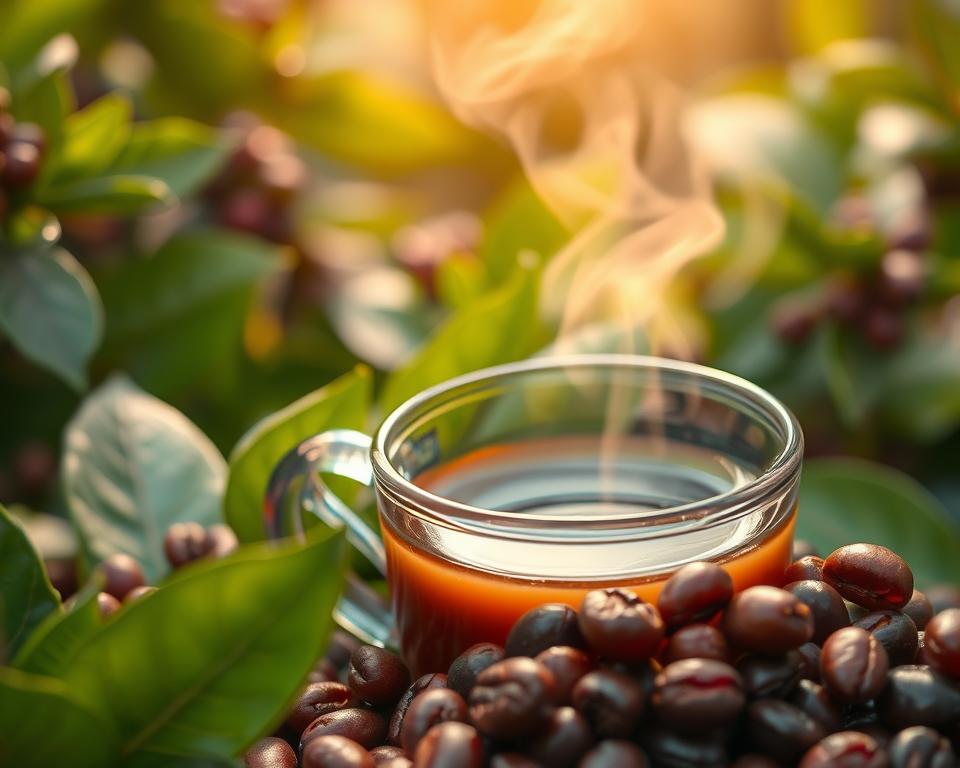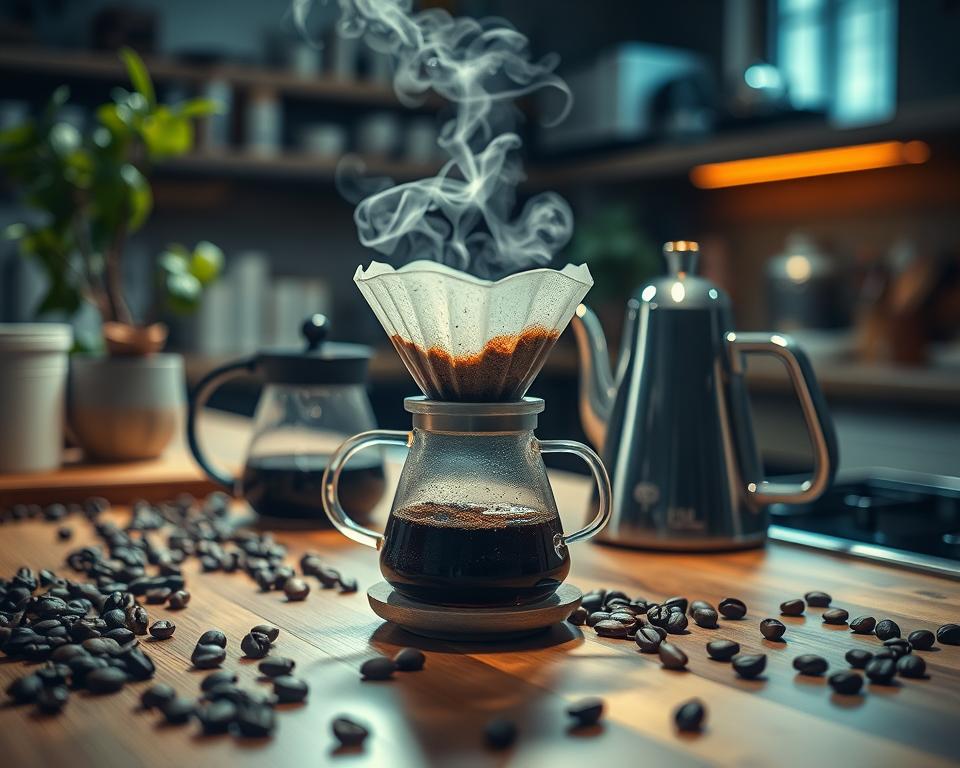Why do some coffee lovers swear by the intense burst of a ristretto, while others can’t get enough of the classic espresso? As a self-professed coffee enthusiast, I’ve been torn between these two coffee shots: ristretto vs. espresso. These tiny, potent beverages play a significant role in our coffee culture, each offering unique experiences with their brewing techniques and caffeine content.
The journey of discovering my preference for either coffee shot has been exhilarating. From my initial encounters with the rich and nuanced flavours to understanding the craftsmanship of a skilled barista who carefully selects the best coffee beans, I’ve come to appreciate the depth of specialty coffee.
Whether it’s the fuller body of an espresso or the concentrated flavour of a ristretto, both have their charm. But how do you decide which shot suits you best? Join me as I explore the differences between these beloved coffee shots.
What is a ristretto?
A ristretto is a short shot of espresso, crafted with the same amount of coffee grounds as a regular espresso but extracted using about half the water.
This method creates a traditional Italian coffee beloved for its intense flavor and rich concentration.
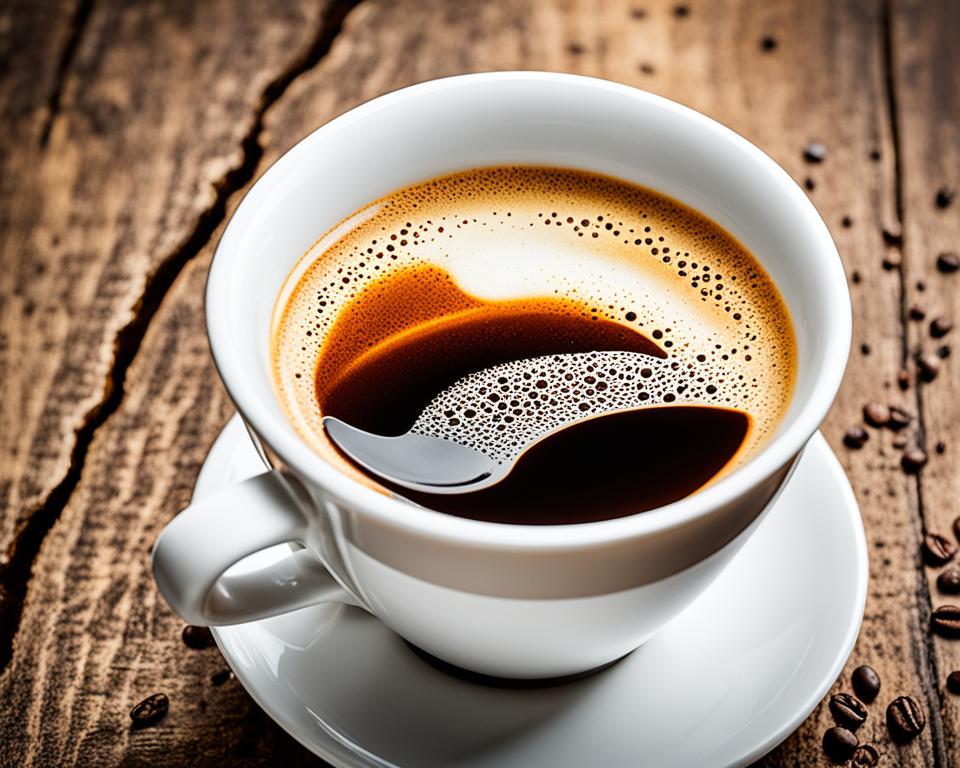
The process of making ristretto involves using finely ground coffee beans and a shorter brew time. This results in a coffee shot that’s exceptionally robust.
The fine grind ensures that water flows more slowly through the coffee, capturing the essence of the beans in a shorter period of time.
A ristretto is characterized by a rich crema atop the coffee shot, a full body, and less bitterness compared to a regular espresso. This creates an experience that’s both creamy and packed with an intense flavor profile, an essential aspect of any traditional Italian coffee.
The history of ristretto dates back to Italy, where coffee culture treasures this short shot for its depth and richness. Today, ristretto holds a special place in contemporary coffee culture, celebrated for its ability to deliver a concentrated coffee experience in every sip.
What is an Espresso?
Espresso is a celebrated coffeehouse staple known for its strong taste and thick consistency. I savour the bold, rich flavour every time I take a sip. It’s amazing how a small espresso shot can pack such a punch!
Ever wonder how an espresso shot is made? It all starts with finely ground coffee beans. Hot water is forced through these grounds at high pressure. The result is that delightful, concentrated coffee we all love.
An essential part of a well-made espresso is the crema. This foam layers the surface and indicates quality coffee and proper brewing techniques. The crema adds to the overall rich flavour and makes the experience even more enjoyable.
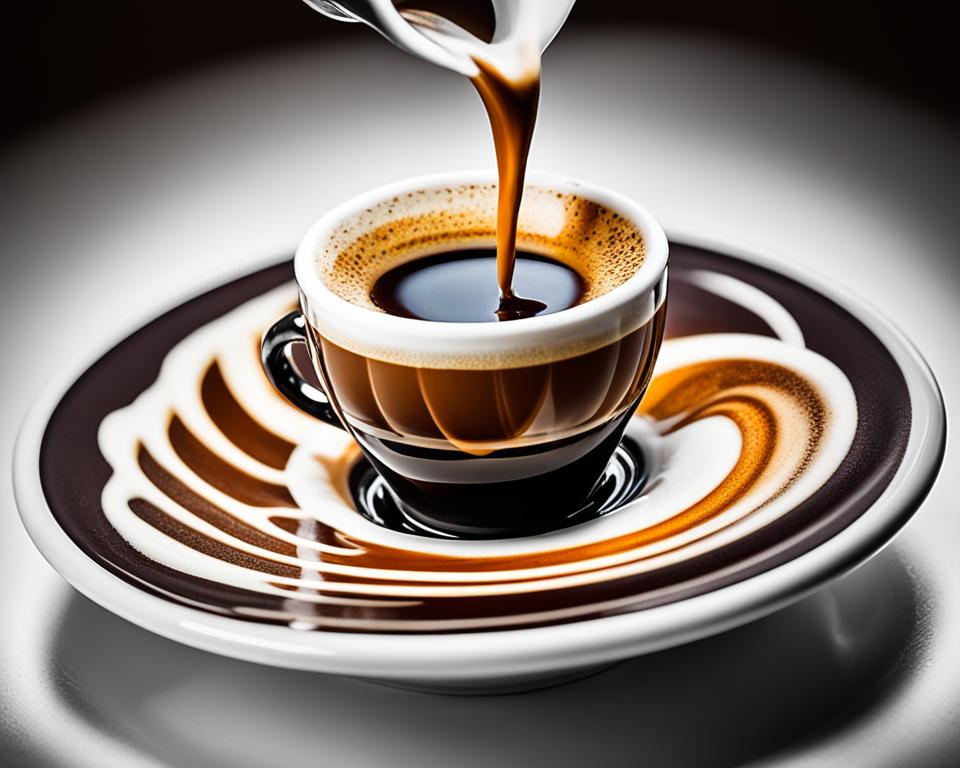
Espresso isn’t just enjoyed on its own. It’s also the base for many popular coffee beverages, from lattes to macchiatos. I remember learning about its origins in Italy and seeing how this potent drink has evolved into a cornerstone of modern coffee culture.
It’s impressive how one small drink can influence so much!
How Does Ristretto Compare to Espresso in Terms of Flavor Profile?
Ristretto offers a bolder, more concentrated flavor compared to traditional espresso, resulting in a sweeter taste with more intense notes. While espresso can have a balanced profile, ristretto or long shot emphasizes the rich, complex characteristics of the beans, making each sip a unique experience for coffee enthusiasts.
Ristretto vs Espresso: Key Differences
When comparing coffee types, the differences between ristretto and espresso start with the brewing technique. A ristretto shot uses less water, usually around half the amount needed for an espresso.
This results in a more concentrated coffee shot that’s rich and intense.
The flavour profile between the two can vary significantly. Ristretto’s concentrated nature often leads to a sweeter and more syrupy taste, while espresso tends to have a stronger, more bitter flavour.
This distinction is crucial for those who prefer a specific taste in their coffee shot comparison.
Another key difference lies in the caffeine concentration. Though ristretto uses less water, its shorter extraction time means it retains a higher concentration of caffeine per ounce. Espresso, with its longer brewing time, will have more caffeine overall per shot but less per ounce compared to ristretto.
Let’s talk about mouthfeel and body. Ristretto generally has a fuller body with a thicker mouthfeel, thanks to the limited water and focused extraction. Espresso, with more water, offers a lighter body yet still delivers a rich coffee experience.
Some folks might prefer the smoother, more velvety texture of a ristretto, while others favour the robust nature of espresso.
Ultimately, whether you prefer ristretto or espresso comes down to personal taste preferences and the desired caffeine effect. Are you looking for a sweeter, more concentrated shot? Ristretto might be your ideal choice.
Prefer a classic, slightly bitter coffee experience with a balanced caffeine kick? Then espresso is likely for you.
FAQ
What is the difference between ristretto and espresso in terms of brewing technique?
Ristretto and espresso differ mainly in the ratio of water to coffee grounds used. A ristretto is made with the same amount of coffee grounds as an espresso but uses about half the water. This results in a shorter extraction time, producing a more concentrated and intense flavor.
How does the flavor profile of a ristretto compare to an espresso?
The flavor profile of a ristretto is generally more concentrated and sweeter compared to an espresso, which often has a more pronounced bitterness. This is due to the shorter extraction time, which leaves out some of the bitter compounds found in an espresso.
What is the caffeine content difference between a ristretto and an espresso?
Despite its smaller volume, a ristretto can contain roughly the same amount of caffeine as an espresso. The differences in extraction processes affect the flavor more than the caffeine content, so the impact on caffeine levels is minimal.
Which type of coffee beans are best for making ristretto and espresso?
Both ristretto and espresso benefit from high-quality coffee beans. Look for specialty coffee beans that are freshly roasted and ground fine for optimal extraction. The quality of the beans significantly impacts the flavor and aroma of the final shot.
How does the role of a barista influence the quality of ristretto and espresso?
A skilled barista plays a crucial role in crafting both ristretto and espresso. Their expertise in selecting the right grind size, tamping pressure, and extraction time is essential in achieving the perfect balance of flavors and the desired richness in each shot.
What makes ristretto a traditional Italian coffee?
Ristretto is traditionally Italian due to its roots in Italy’s coffee culture. It is characterized by its intense flavor and short extraction time, embodying the Italian preference for rich, concentrated coffee experiences.
Why is crema important in an espresso?
Crema is the golden, foamy layer that sits atop a well-made espresso. It indicates the quality of the coffee beans and the skill of the barista. Crema adds to the richness and visual appeal of the espresso, enhancing the overall coffee-drinking experience.
Can I use different brewing techniques to prepare ristretto and espresso at home?
Yes, you can prepare both ristretto and espresso at home using an espresso machine. The key is to adjust the grind size and extraction time. For ristretto, use a finer grind and shorter extraction, while for espresso, opt for a fine grind and slightly longer extraction time.
Which should I choose based on my taste preference—ristretto or espresso?
If you prefer a sweeter, more concentrated coffee with less bitterness, a ristretto might be your choice. If you enjoy a bolder, more robust coffee with a thicker mouthfeel and higher bitterness, an espresso is likely more suited to your tastes.


